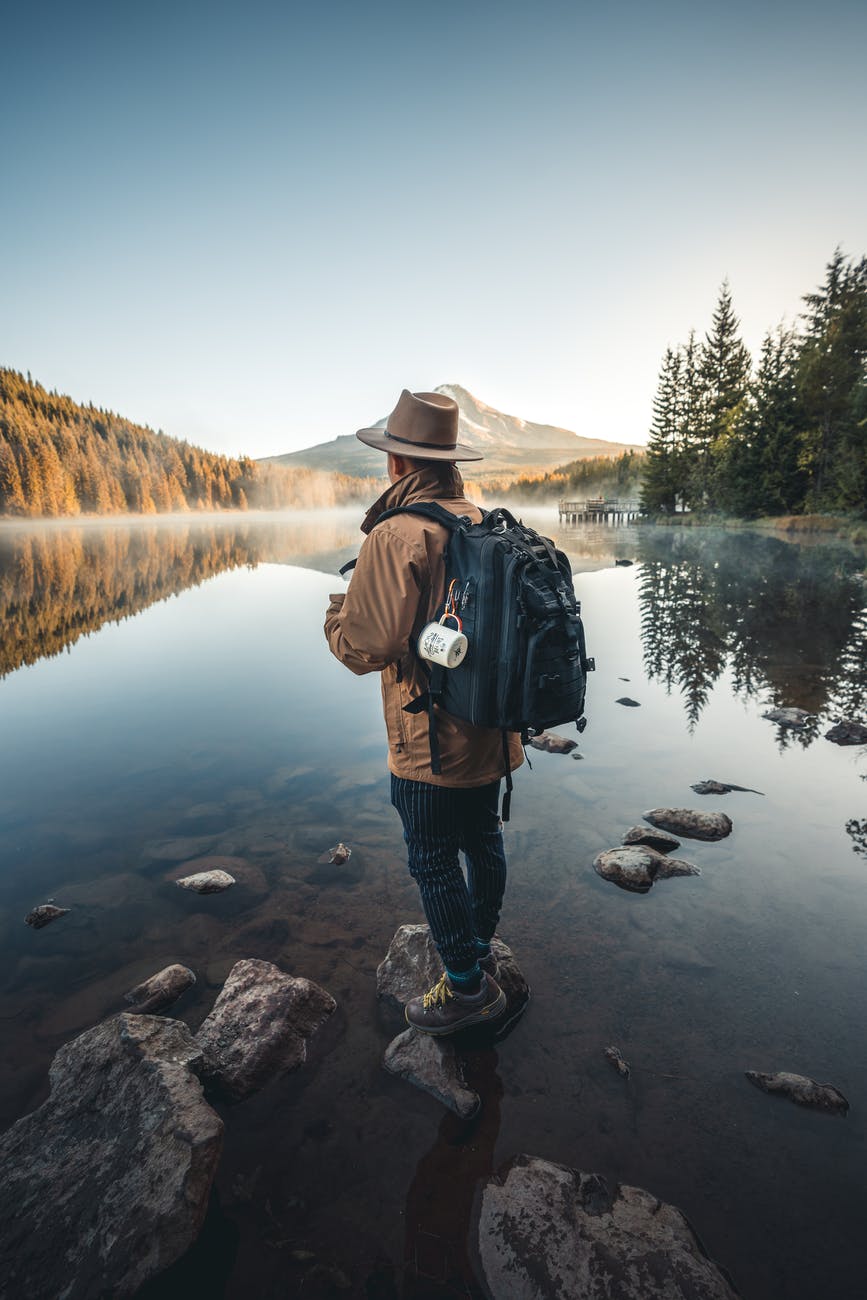
Your first 10,000 photographs are your worst.
— Henri Cartier-Bresson
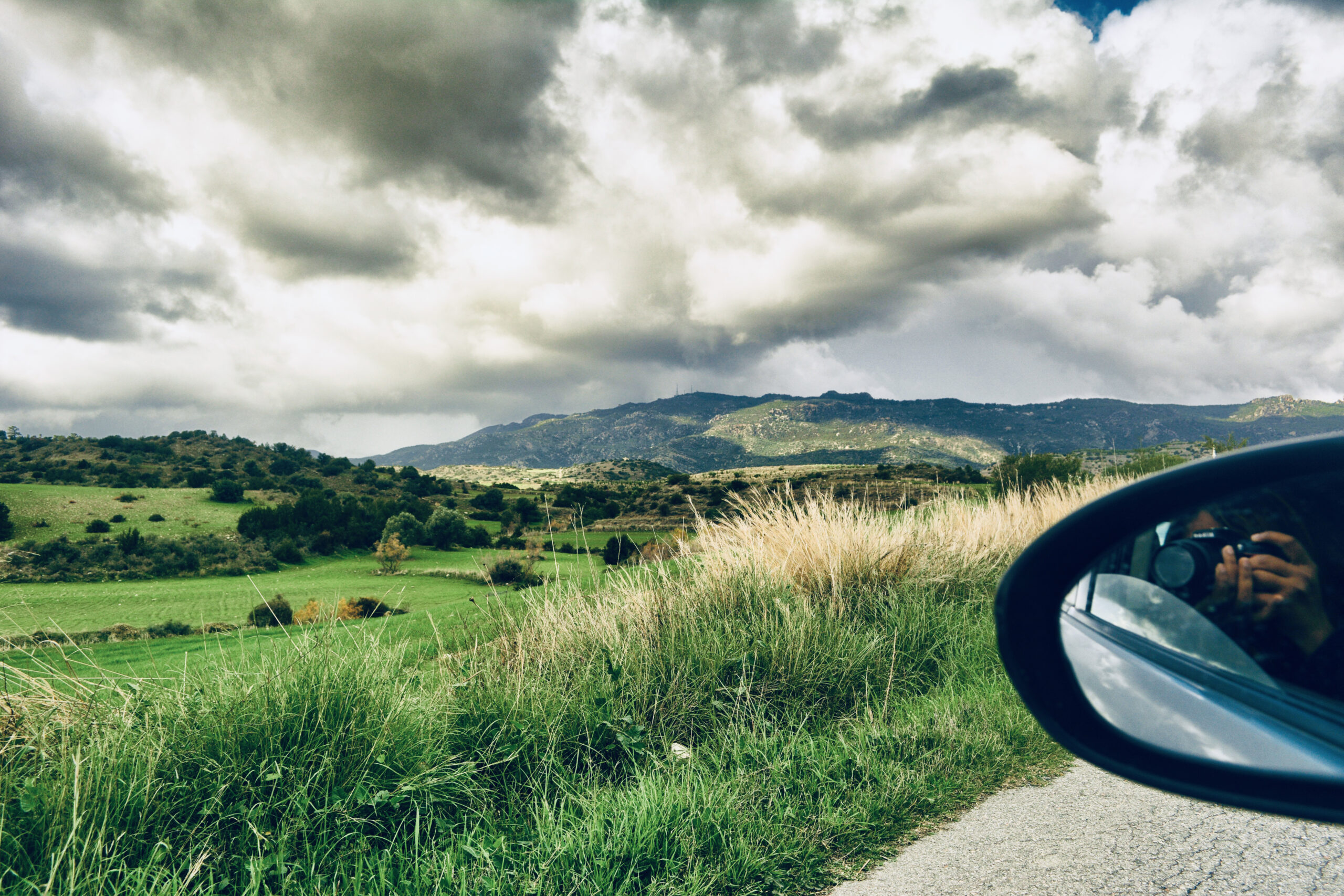
Traveling and photography is a perfect match, but photographers are often disappointed that their images fail to meet the quality of their artistic aspirations. This blog aims to combine theoretical information, practical advice, and helpful suggestions for taking better pictures while traveling, whether you are on a local trip, enjoying your annual summer vacation or exploring a more exotic, remote destination.
Whether you use a compact camera that fits nicely in your pocket or an advanced digital single-lens reflex camera, if you enjoy traveling and taking pictures, I am sure you will find some of the tips useful and ideas for taking pictures while travelling.
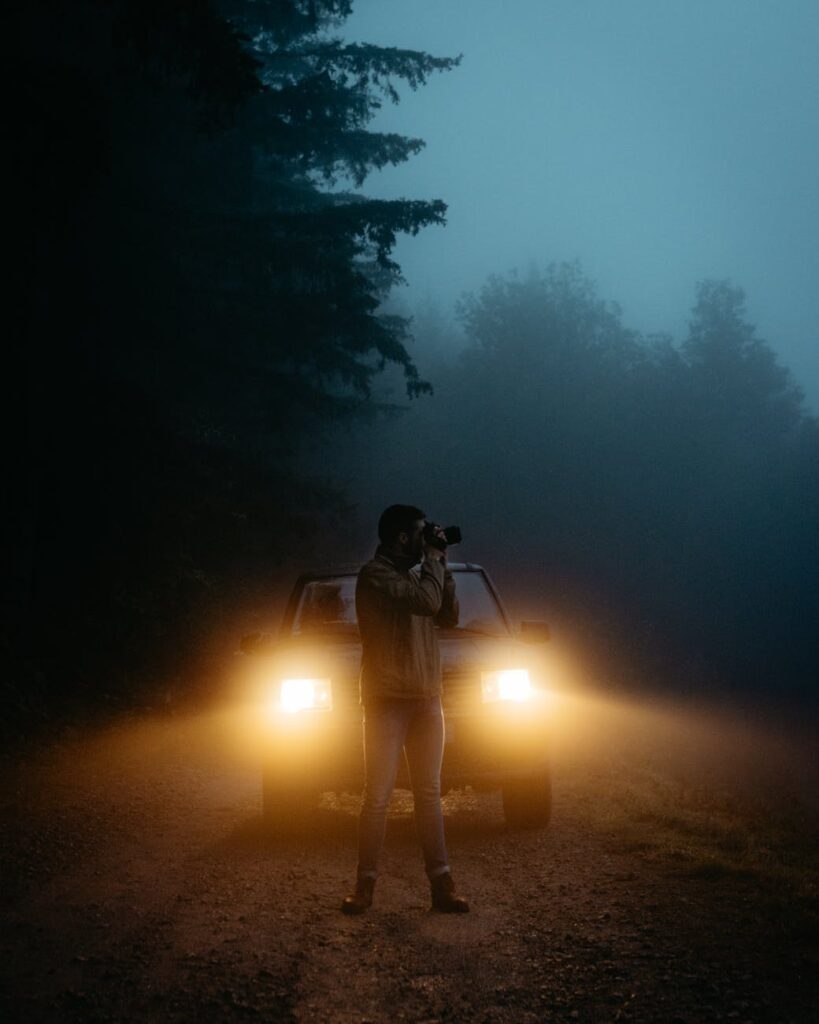
Photography is 90% sheer, brutal drudgery. The other 10% is inspiration.
—Brett Weston
Take your Time

Good, creative, unique images rely to a large degree on a question of time. And time is something that you have to allow yourself. However, travelers are always on the move. Taking a picture requires pausing, if only for a brief moment. A traveler generally wants to see as much as possible – a quest that’s limited by the time spent on location.
You should start saving time for taking pictures on your trip well before departing. Putting in some preparation before your trip will pay off later when you’re able to use every spare minute for taking pictures.
This sort of preparation includes not only brushing upon the conditions, customs, and practices of your destination country and learning a few key terms and phrases, but also giving some photographic thought to what’s ahead.
What sorts of photographic opportunities are available where you’re headed? What environmental conditions should you expect? What type of equipment will help you meet your photographic objectives? At what time of day do you want to capture specific places?
Take a look at pictures that other photographers have taken of locations you’re planning to travel to. Look for subjects that grab your attention or spark your imagination.
Unique Perspective

It’s always tempting to imitate well-known photos of world-famous sites or limit yourself to the obvious postcard view of your subject. Search for additional points of view, surprising perspectives, alternative standpoints, and inconspicuous details that possess their own charms.
Ansel Adams’s observation, “You don’t take a picture, you make it,” hits the nail on the head. A photographer plays an active role and does more than capture what is readily available for the taking. The process begins with perception and the selection of a subject, and continues through the selection of the actual image, perspective, focal length, aperture, and shutter speed, all the way to image editing.
Whenever the impulse to shoot a picture pops up, try to figure out what appeals to you about the particular subject. Is it the special light? A contrast of colors? A pattern of lines? The atmosphere of a specific town square?
The expression on a face? Why does this scene speak to you and what is it that the viewer should connect to it?
Use the obvious perspective, the postcard view, the iconic image, the picture that’s been created umpteen times as your anchor on the scene and as a starting point, but don’t content yourself with it. Try to feel special moments, try out something new, dare yourself to do something, develop your own ideas, and focus on capturing them in your photo.
Move the Subject~ Off Center

The rule of thirds is based on the proportions of the golden ratio, an aesthetic concept that was well known in antiquity. It is based on a specific aspect ratio and comes up often in the natural world as well as in the world of art. . Divide any photo with two sets of evenly spaced parallel lines – one pair horizontal and the other vertical – and you’ll end up with nine square. Now position your subject at one of the intersections, along the lines, or even somewhere near one of the intersections or lines, and you’ll automatically avoid positioning your subject in the center.
Visual Space
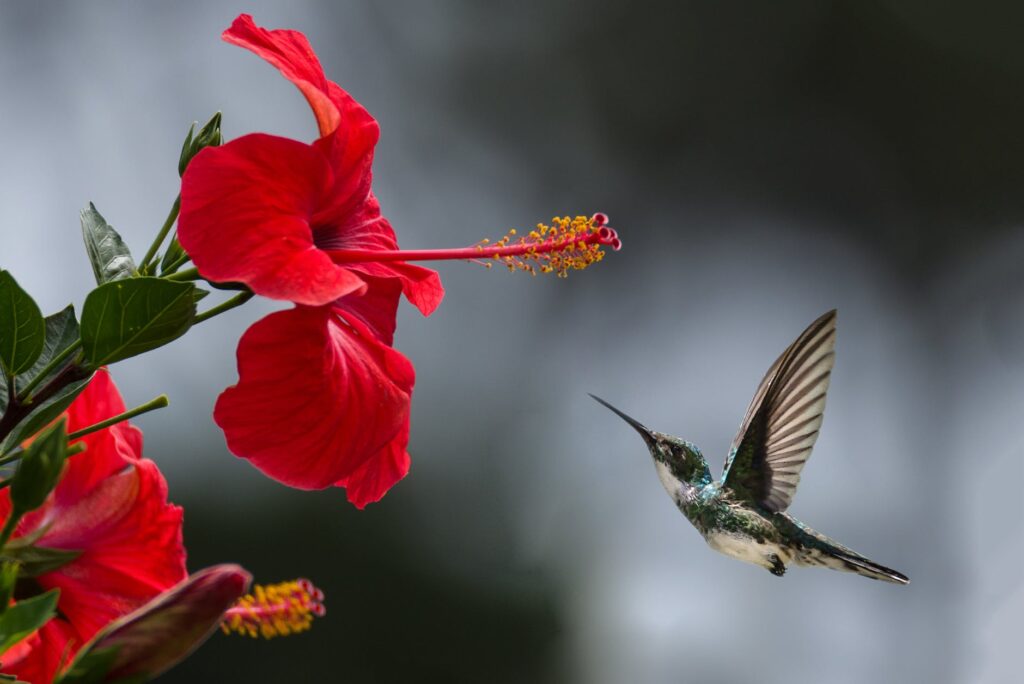
In addition to the rule of thirds that has already been mentioned, there is another rule of thumb that’s just as practical: Give the main subject that is looking or moving in a particular direction some visual space in the area at which it is looking, moving, driving, or flying.
The subject’s line of sight will influence the viewer‘s gaze. If the subject is looking beyond the edge of the frame, the viewer has to assume that whatever has captured the subject‘s attention is not within the picture.
Often, you can avoid distracting background elements by adjusting your position slightly.
For landscape photos, this question often comes up when deciding whether to shift the horizon line upward or downward from the center of the frame. Let the subject at hand drive your choice: If the sky features interesting clouds or attractive lighting conditions, then give it some space. If the foreground is more important or the sky is uninteresting thanks to a uniform cloud cover, shift the horizon up near the top of your photo. You might even go so far as to remove the sky from your photo entirely.
The Diagonal
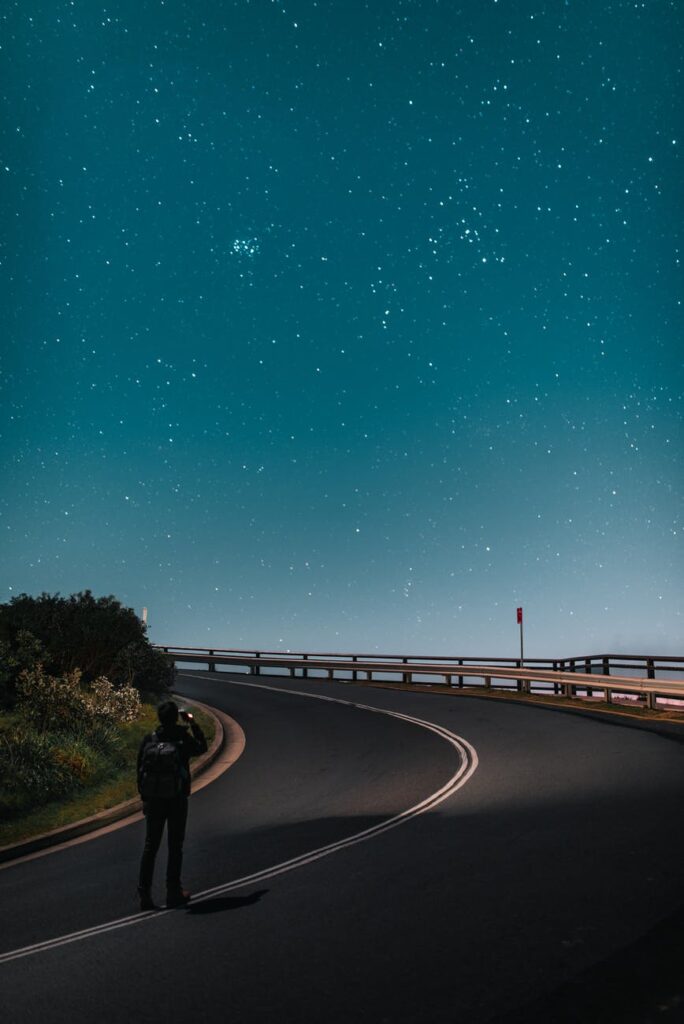
The diagonal has a long and honored place in photos. Using the longest length of an image– stretching from one corner across to the opposite one – is a compositional technique that allows photographers to add drive and tension to their pictures and create a marked sense of depth. Roads, paths, and fences are common examples of subjects that lead into a picture. In the above picture, the viewer’s gaze follows the road, traveling up from the foreground into the background, which almost automatically gives the image a sense of spatial depth.
Horizon: don’t let it go askew

If you have a photo with the ocean slanting to one side, or a building teetering dangerously, or everyone running slightly uphill on level ground, then something’s gone askew and it’s time to take a look at the horizon. If you pay close attention when taking photographs you’ll likely discover that you tend to take slightly unlevel pictures, often tilted to the same side.
If you consciously attempt to hold your camera level, you will usually align it properly. At some point, you will no longer need to concentrate in this way, and the process will become second nature.
Cameras offer up some helpful tools to prevent slanted pictures. Some will allow you to superimpose an artificial horizon line (a sort of built-in level) in the viewfinder or on the display. With others, you may be able to activate grid lines, which can help you orient the camera. (If your camera model offers this feature, I strongly recommend that you make use of it. Grid lines can also help improve the image composition.)
The Underrated Portrait Mode
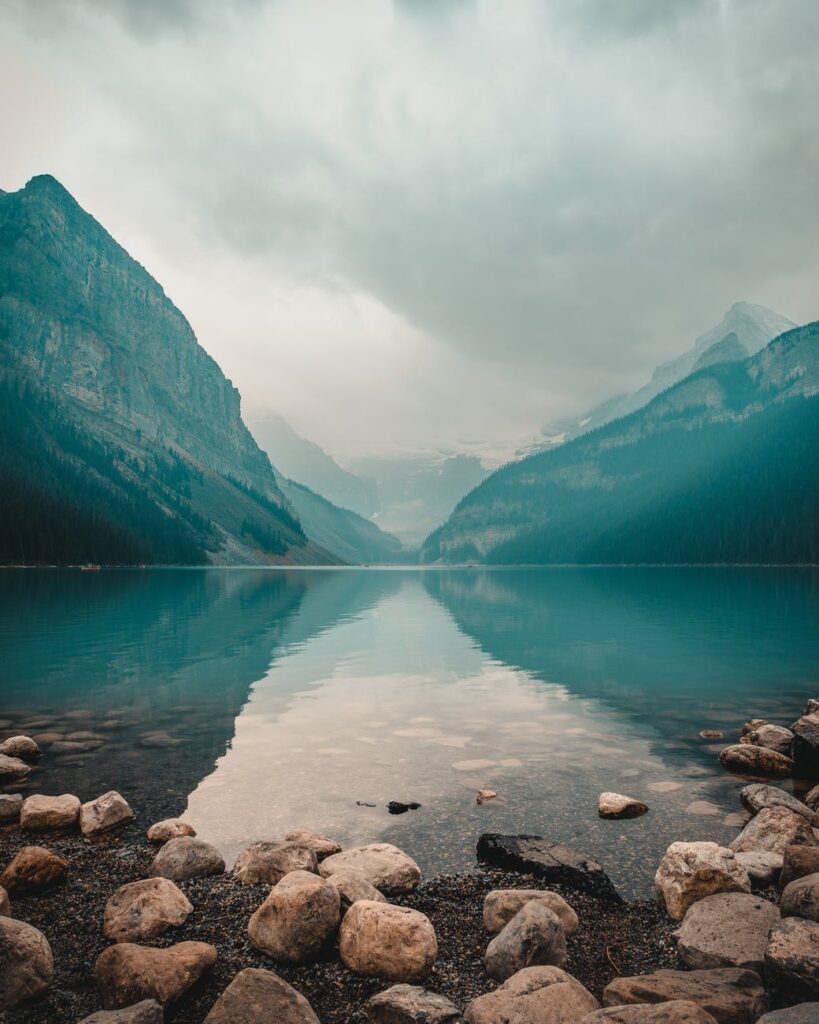
How many photos from your last trip were shot in landscape format? Maybe 95 percent, or 98? Holding the camera in landscape format is much more logical and comfortable, and it corresponds to our natural perception (our eyes are next to each other, not on top of one another). In many cases the landscape format seems like the best option, and in many cases it is. But some subjects and pictures would greatly benefit from a change of format. It may seem like it’s more trouble and less comfortable to hold the camera in the portrait format, but the advantages outweigh the risks, not just with portraits. All it takes is the courage to turn your camera 90 degrees.
Less is More
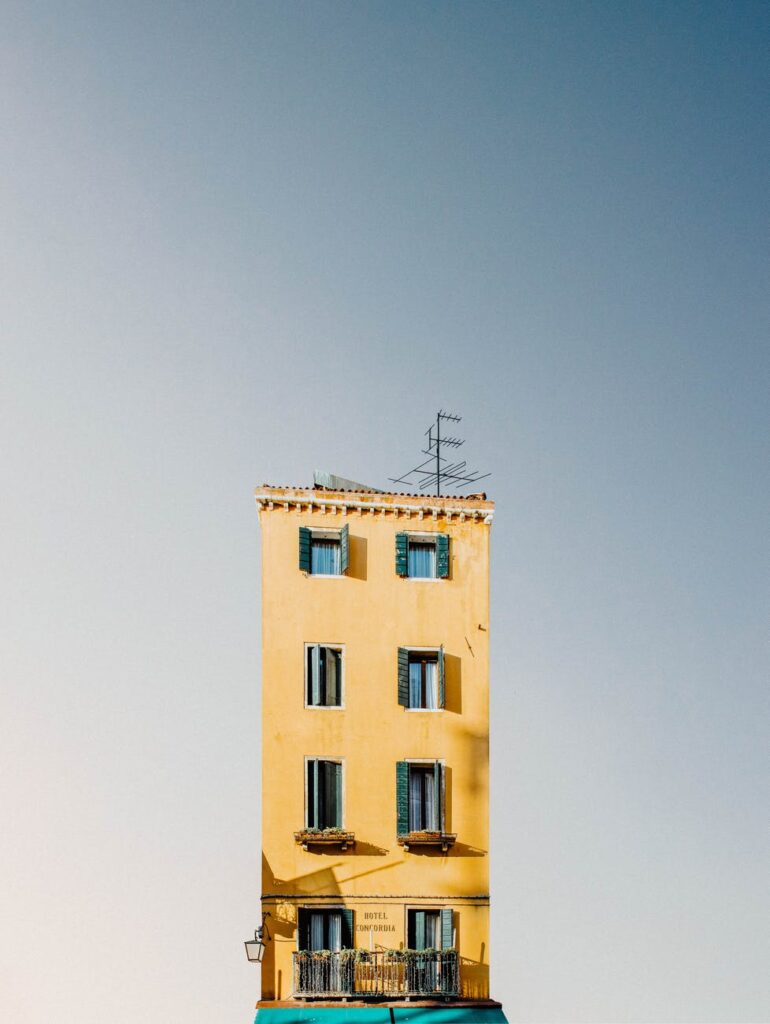
Most pictures show too much.The more distinct the composition, the less elements distract from the main subject, which in turn makes the photo more convincing. This might mean moving closer to your subject, or you might opt for a longer focal length or a wider aperture to isolate your subject from its surroundings.
Conclusion
The tips presented here are first and foremost steps to develop a conscious method of photography. If you take some time to consider why and how to take a picture, you won’t snap away without purpose. Often it’s this indiscriminant torrent of snapshots that prevents you from achieving truly attractive and well- composed pictures.
 Travel Journal: Exploring the World (Travel Diary, Travel Journal, Travel Diary Journal) Paperback
Travel Journal: Exploring the World (Travel Diary, Travel Journal, Travel Diary Journal) Paperback
 Weekly Planner: A Beautiful Vintage Botanical Print Cover weekly planner
Weekly Planner: A Beautiful Vintage Botanical Print Cover weekly planner
Disclaimer: All recommendations are impartial and based on user experience, with no bias to the products or the brand. The products in this post may contain affiliate links.
[…] The Travelling Photographer: Tips for Images that Impress […]
[…] Master~ Ansel Adams, the Great Outdoor Photographer Tête-à-tête with Henri Cartier-Bresson The Travelling Photographer: Tips for Images that Impress 6 Tips for Photographing Family at Home How not to Touch your Face: Take Inspiration from Works […]